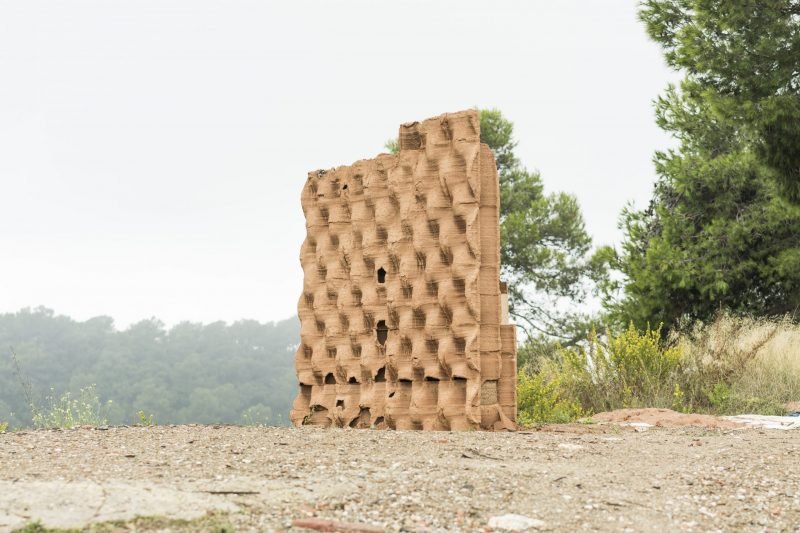Bring Down Your Remote!
To make people participate in public events has always been a hard task for whom organizes mass-happenings. People act as mere spectators in most of the cases, feeling maybe astonished by the whole fireworks atmosphere of the big event, but at the same time being just a crowd. If many design offices nowadays are wondering how to make people interact in these situations, that is also part of a general wave of re-thinking public space that we strongly encourage, as bringing participation stimulates and spreads a bit of responsibility. Many examples have been already represented on Pop-Up City, with different techniques to gather people in the streets and make the city a bit closer to their needs and set up immediate, low-tech forms of expression. However, high-tech can also mean participation, if its expression is mediated with an everyday tool of universal knowledge, like a cellphone or a remote control. That is the case of the public installation ‘Control.Burble.Remote’, set up by Haque in Barcelona in February 2010. ‘Control.Burble.Remote’ is the latest evolution of the Burble system, which first appearance dates back in 2006.
“The Burble, soaring upwards like a plume of smoke, is constructed from a set of 140 modular and configurable carbon-fibre units approx. 2m in diameter. Each unit is supported by 7 extra-large helium balloons (for a total of about 1000 individual pixels) which contain sensors, LEDs and microcontrollers, enabling balloons and units to co-ordinate and create patterns of colour that ripple up towards the sky.”

Photo: Xavi Soto, Arts Santa Mònica (Flickr)
First public sets of the Burble where already involving people interaction on different parameters of the structure, but in the later applications, unfortunately, this interaction disappeared. The latest version of the Burble, at a smaller scale, brought back protagonism to the public, allowing them to become performers at the same time thanks to the use of remotes capable to control the LEDs of the Burble. That is also, as the designers say in the page of the project, a smart way to turn an individualistic, consumer-oriented object like a remote into a part of a community performance.
More information on the project’s website.



